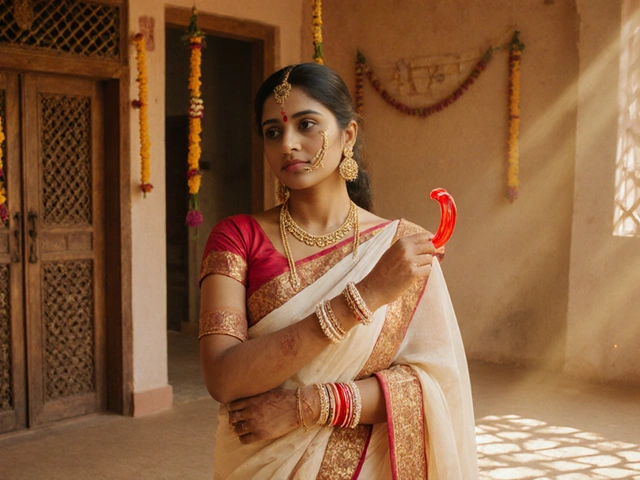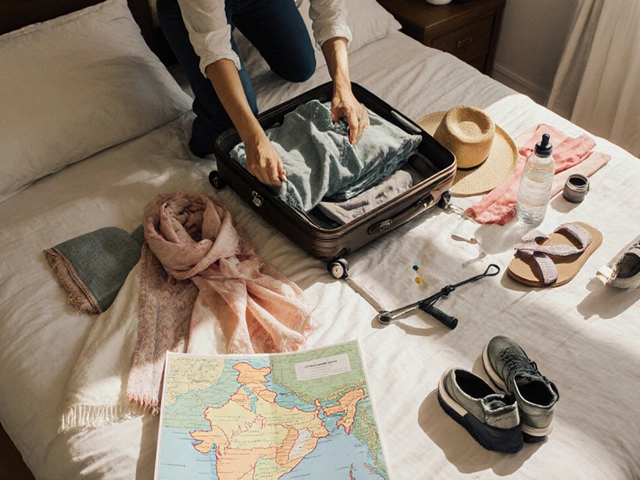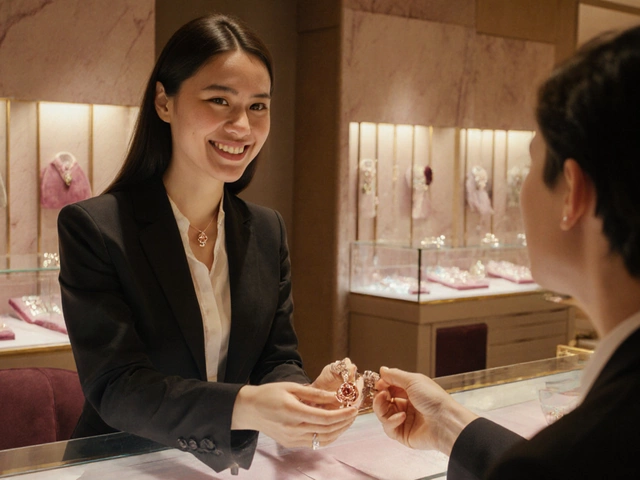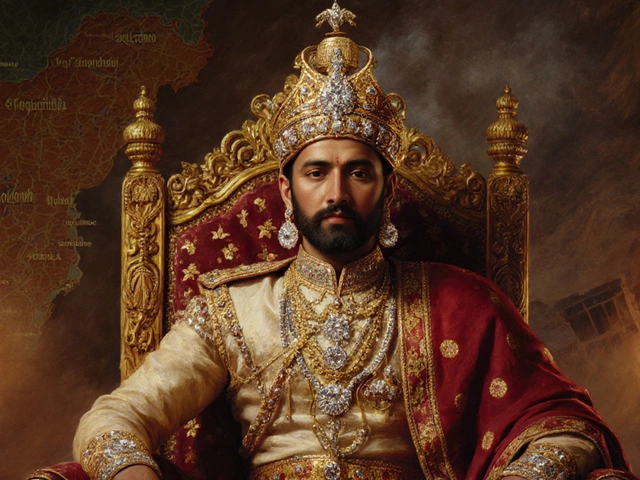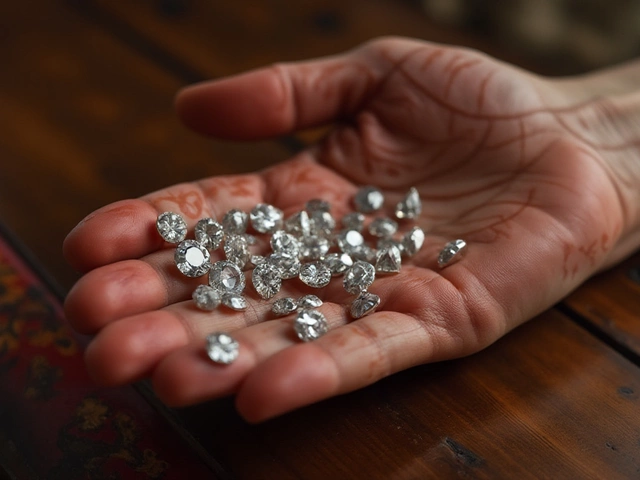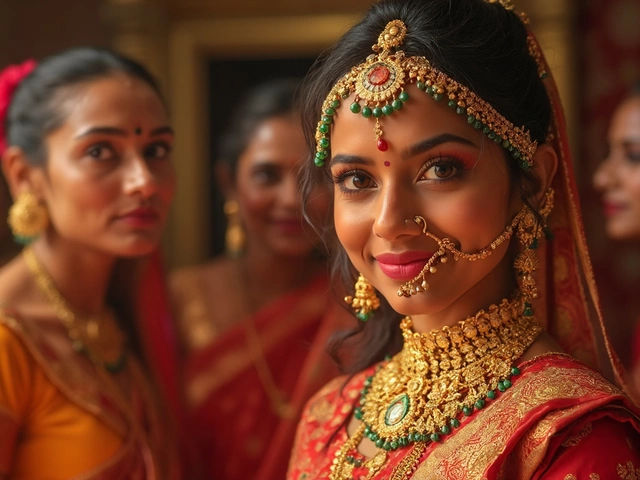Cultural Practices in India – Dress, Jewelry, and Rituals Explained
When exploring Cultural Practices, the customs, rituals, and everyday habits that shape life in India. Also known as Indian traditions, it connects clothing, accessories, and ceremonies across regions.
Key Themes in Indian Cultural Practices
Traditional Indian Dress, a set of garments that reflect climate, religion, and local identity is the first visual cue you’ll notice. In the north, woolen shawls keep you warm, while the south favors light cottons that breathe in humid weather. Each outfit carries subtle signals – a silk saree indicates festive occasions, a dhoti hints at ritual purity. Understanding these cues helps tourists dress respectfully and locals blend comfort with culture.
Indian Wedding Rituals, the series of ceremonies that mark a couple’s transition weave together objects like choora, mangalsutra, and thali. Whether it’s the 40‑day choora removal guide or the debate over who presents the mangalsutra, each act embodies promises, family consent, and regional history. The timing of bangles, the placement of a waist chain, and the exchange of gold all follow scripts handed down for generations.
Jewelry Symbolism, the meanings attached to specific ornaments turns accessories into storytelling tools. A red bangle on an unmarried woman signals fertility hopes, while a kamarband (waist chain) is believed to protect health and enhance poise. Chakra jewellery links gemstones to energy centers, offering both style and spiritual balance. Even broken bangles trigger superstitions about misfortune or upcoming change, showcasing how belief and fashion intersect.
Color choices also play a vital role. Color Symbolism in Indian Traditions, the study of how hues convey status, mood, or auspiciousness explains why gold clashes with certain shades and why turquoise is prized in temple jewellery. Gold paired with deep reds or emeralds amplifies its glow, while neon greens can diminish its sheen. Knowing these rules lets you pair accessories confidently, whether you’re picking a wedding necklace or a daily pair of bangles.
Modern adaptations keep these practices alive while addressing today’s needs. Tourist dress guides blend climate tips with cultural sensitivity, showing how a lightweight kurta can respect local norms. Plus‑size fashion shifts, diamond buying abroad, and the rise of chakra bracelets illustrate how global trends remix traditional ideas. Even celebrity wardrobes, with their eye‑popping budgets, influence what ordinary shoppers consider “stylish” in a cultural context.
The collection of articles below dives deep into each of these areas. From step‑by‑step choora removal after forty days to a quick test for real turquoise, you’ll find actionable advice, historical background, and practical checklists. Whether you’re planning a trip, preparing for a wedding, or simply curious about why a certain bangle feels right, the posts give you the details you need without drowning you in jargon.
Ready to explore specific customs, style hacks, and the meaning behind iconic Indian accessories? Scroll down to uncover the full suite of guides that turn cultural curiosity into confident knowledge.
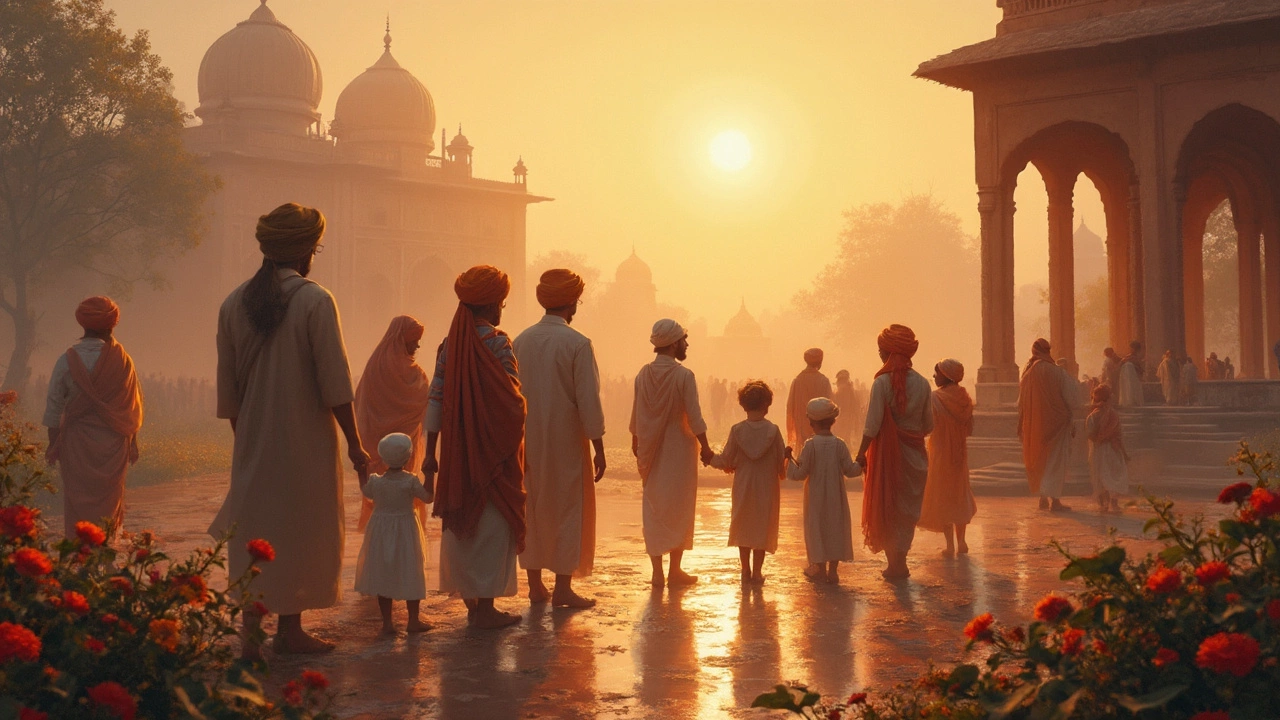
Why Sikhs Don't Cut Their Hair: A Cultural Insight
Sikhs hold a deep spiritual connection to their uncut hair, known as Kesh, which is one of the Five Ks, or articles of faith. This practice isn't just about outward appearances but rather represents a deep respect for the way nature intended one's body to be. Let's explore the fascinating reasons behind this tradition and its significance in Sikh culture, alongside comparing it to some aspects of other cultural practices within India.
read more